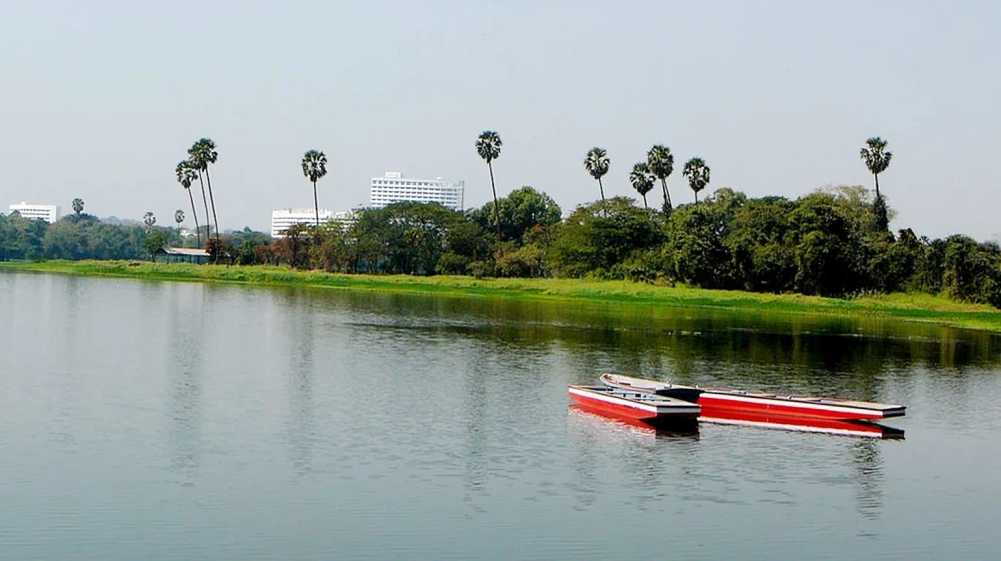July 26, 2025: Fourteen years after it was first announced, Maharashtra’s ambitious Mumbai–Goa National Highway project remains mired in delays, hazards, and community frustration. Launched in 2011, the NH-66—also known as the Konkan Expressway—was intended to transform a two-lane route into a four-lane expressway, reducing the 12-hour journey between Panvel and Goa to six hours. However, poor execution has resulted in broken roads, unfinished flyovers, and a trail of damaged vehicles, disrupted livelihoods, and increasing accidents.
The situation has pushed villagers to the brink. On July 28, traders and residents from Sangameshwar in Ratnagiri will stage a protest, demanding accountability and a timeline for completion. “We’re tired of risking lives and losing business,” says local trader Rahul Gurav.
The initial 84-kilometre stretch from Panvel to Indapur has proven the most challenging due to hilly terrain and river crossings. But locals argue that modern engineering should have overcome these obstacles long ago. Instead, they’re navigating crater-ridden surfaces, loose gravel, and incomplete bridges.
At places like Ozar Khol and Dolvi, roads have caved in or narrowed dangerously, leading to frequent collisions. “Fractures and hospital visits are routine,” says trader Amol Shetye.
Activist Chaitanya Patil notes that half-built flyovers, many started over five years ago, remain non-functional. In some locations, service roads are missing entirely, forcing pedestrians and vehicles onto unsafe paths. Meanwhile, landslides at Parshuram Ghat and Pedhe have damaged homes, cut off access routes, and buried ancient village steps, disrupting centuries-old cultural links.
Officials from the National Highways Authority of India (NHAI) cite continuous traffic and monsoon conditions as hurdles. While they promise smoother surfaces by September, villagers are sceptical. Until then, Maharashtra’s so-called expressway continues to test patience, safety, and the livelihoods of the communities it was meant to serve.
Source: Hindustan Times





